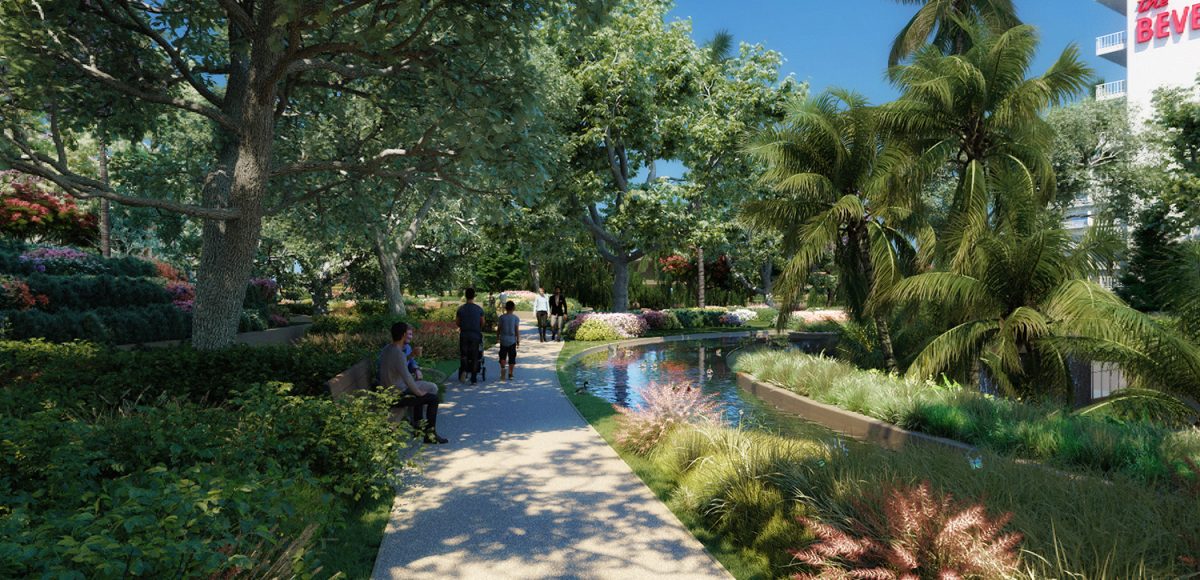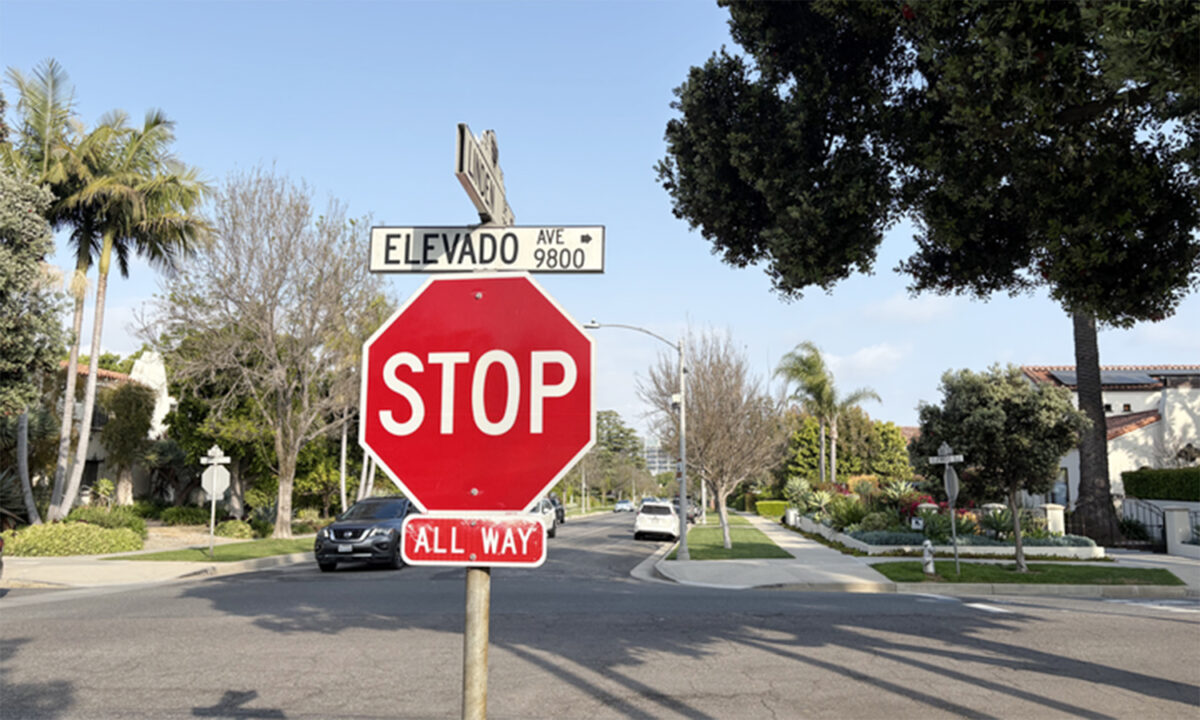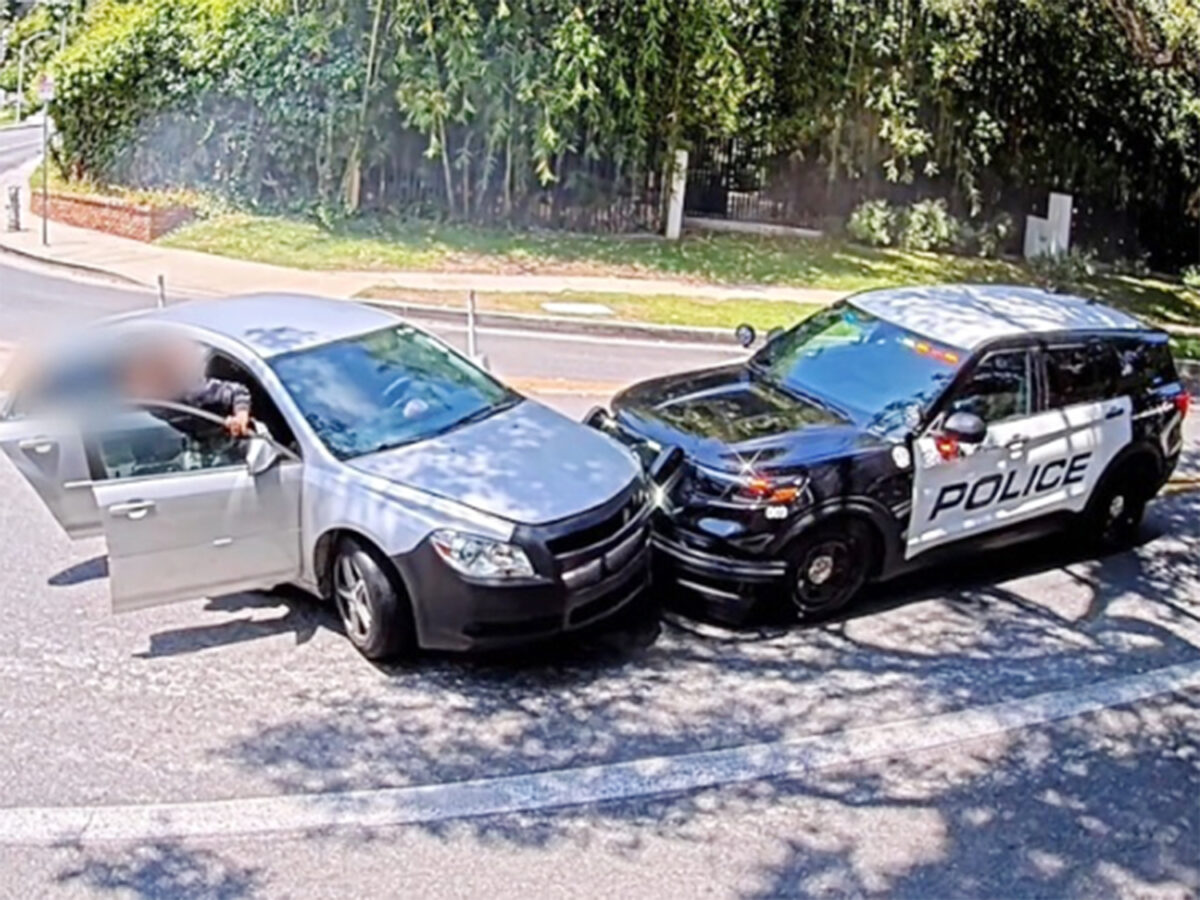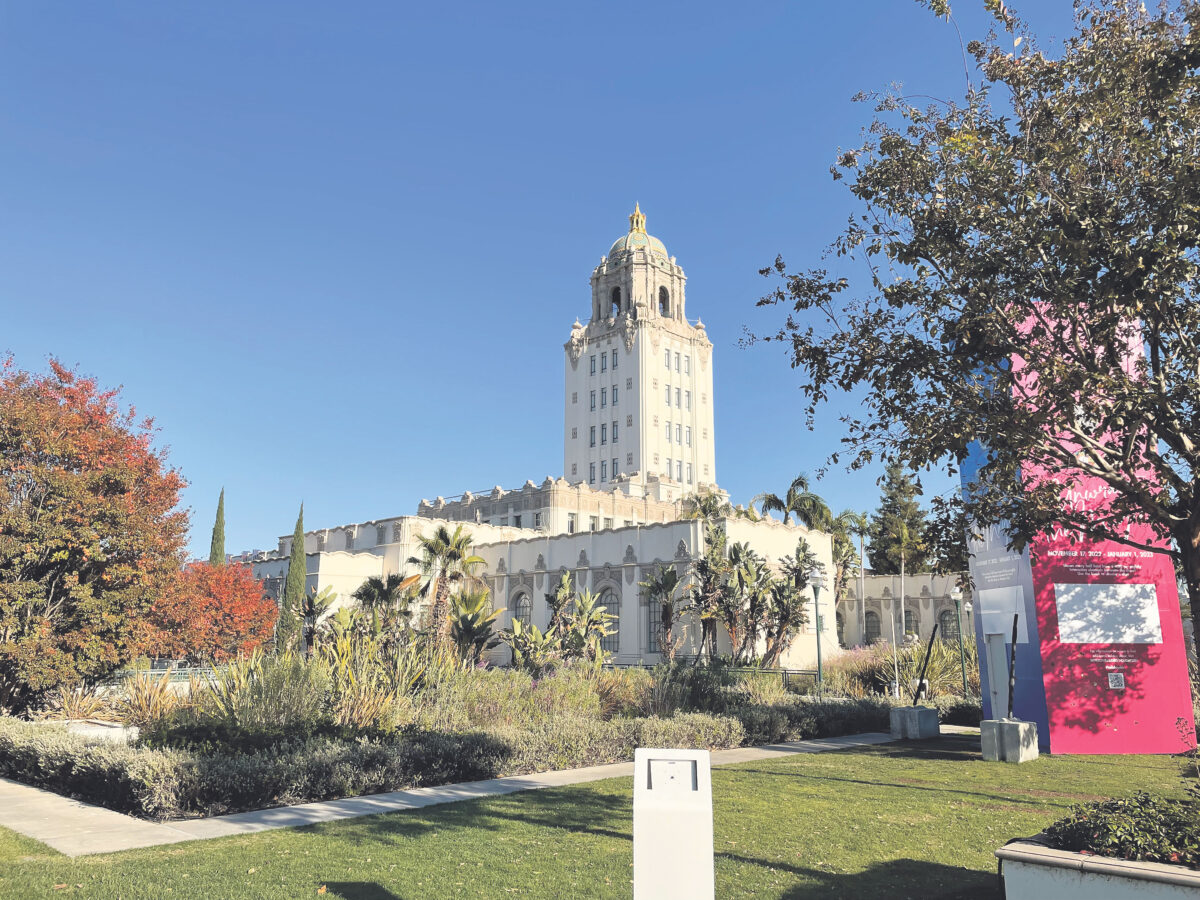At the third special meeting on April 22 for the One Beverly Hills residential and luxury hotel development, the Beverly Hills Planning Commission advanced the project to the City Council. After years of deliberating and meeting over the $2 billion development, the Commission made recommendations to the City Council to approve a spate of documents and changes necessary to bring the project to fruition. The commission recommended certification of the Final Supplemental Environmental Impact Report (EIR), adoption of the General Plan Amendment, and adoption of the Overlay Specific Plan, the comprehensive document that regulates land uses, development standards, and operational standards for the plan area.
The Commission was split, however, over two programs proposed for the development, a timeshare-style fractional ownership program and a program that would grant a limited number of members access to the One Beverly Hills amenities. The Commission will meet for one additional hearing to finalize the terms of the development agreement, which will take place on May 5.
“It is a big night for us, we have been in this planning for almost 15 years,” said Beny Alagem, CEO of Alagem Capital Group, which is developing the project along with Cain International. Alagem’s company also owns the Beverly Hilton and the Waldorf Astoria Beverly Hills.
The proposed development spans nearly 2 million square feet and includes 340 residential units and 42 luxury hotel rooms spread out between seven major structures. The proposal combines three sites: the Beverly Hilton Hotel and Waldorf Astoria Beverly Hills, the former Robinsons-May department store, and the shuttered Union 76 Gas Station. It would demolish and update portions of the Beverly Hilton, including the conference center, the Palm/Oasis Court Building, the parking lot on Merv Griffin Way, the hotel’s vehicle entry, and the Aqua Star Pool.
The project’s marquee feature is the 12.7 acres of open space, featuring 8 contiguous acres of gardens, about half of which would be publicly accessible. The plans boast two miles of walking paths dotted with art and water features. The project achieves this by creating a land bridge over Merv Griffin Way in order to connect the Hilton parcel with the Robinsons-May tract.
As the city’s land use agency, the Commission makes recommendations to the City Council about whether or not to grant requested entitlements for developments. The Commission’s recommendation now goes to the City Council, which will either approve the project, reject it, or send it back to the Planning Commission for further deliberation.
The project has been received mostly with fanfare and excitement among the commissioners, who have reviewed and considered other proposals for the Hilton and Robinsons-May sites–but never the two together. Still, a few points of contention have come up repeatedly over the three public meetings, including bike accessibility through Merv Griffin Way and the so-called Amenities Access Program and Private Residents Club.
Multiple residents submitted comments to the Commission over the last three meetings pushing for greater bike accessibility on Merv Griffin Way, the street that connects Wilshire Boulevard and Santa Monica Boulevard. In its current form, the agreement with the city stipulates that One Beverly Hills will have to add sherrows on the road, markings that indicate that drivers must share the road with bicyclists. Because Merv Griffin Way would become a tunnel with the land bridge connecting the Hilton and Robinsons-May parcels, the condition also stipulated installing adequate lighting for bicyclists.
George Nelson, a safety consultant for the project, pushed back against calls for greater bike accessibility. In order to accommodate a bike lane, he said, the tunnel would have to undergo “many millions of dollars” in changes that would impact adjacent structures of the project.
“So, let’s be clear, if you’re a bicyclist and you want to proceed through the tunnel, you have the ability to take your bike on the sidewalk and walk it through Merv Griffin way,” Nelson said, warning that bicyclists would be unsafe traveling through the tunnel.
Nonetheless, the Commission voted to recommend that the City Council allow bikes to share the road with cars.
The Private Residence Club would make 37 fully furnished residential units available to owners for 30-day increments. The commissioners could not recall any similar program in the city. While the applicant argued that such arrangements generate more revenue for the city and local businesses, commissioners expressed concerns over the impact on community cohesion and the level of detail in the proposal.
The Amenities Access Club would grant a select 250 non-residents access to the luxury offerings of One Beverly Hills. Similarly, members of the Commission worried that the proposal was not sufficiently thought out.
The Planning Commission considered whether to insert into the Draft Conditions of Approval a condition that would prohibit the programs but split 2-2 on whether to approve the conditions. The tie vote leaves it up to the City Council to decide the matter without recommendation from the Commission.
Vice Chair Lori Greene Gordon, who also works as the co-Managing General Partner of a boutique property management and development firm, said she understood the financial imperative for diverse streams of spending. “I understand the economics of putting a project like this together and I understand that you cannot rely upon– especially one 90-person restaurant that has to be serving probably two, possibly three meals a day–with just the people who live in that condominium area,” Gordon said.
“I have no doubt that they are financially advantageous to the applicant,” said Chair Peter Ostroff about the Private Residents Club and Amenities Access Program. But, he added, “we don’t know what we don’t know.”
Ostroff said that the programs felt like afterthoughts. City staff had only learned about the Private Residents Club in March of this year and he had not heard them mentioned in any of his meetings with the applicants. He acknowledged that other cities had allowed similar programs, as the developers had pointed out, but he did not know the regulatory framework in place in those cities.
“To me, it’s just irresponsible for us to say yes or no to this at this point,” Ostroff said. “Come back when you’re ready to show specifically what you’re going to do.”
The Commission agreed unanimously on a number of other changes to the Conditions of Approval, including allowing the development to hire people with felony convictions. The condition had been placed on the project years ago but drew criticism at the April 19 meeting from the commissioners who felt the rule was unfair.







